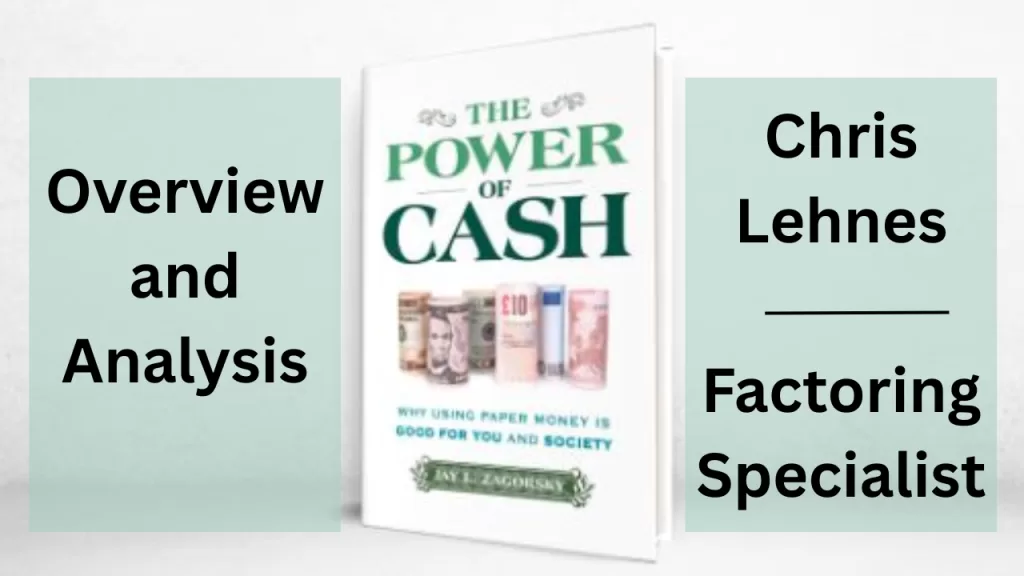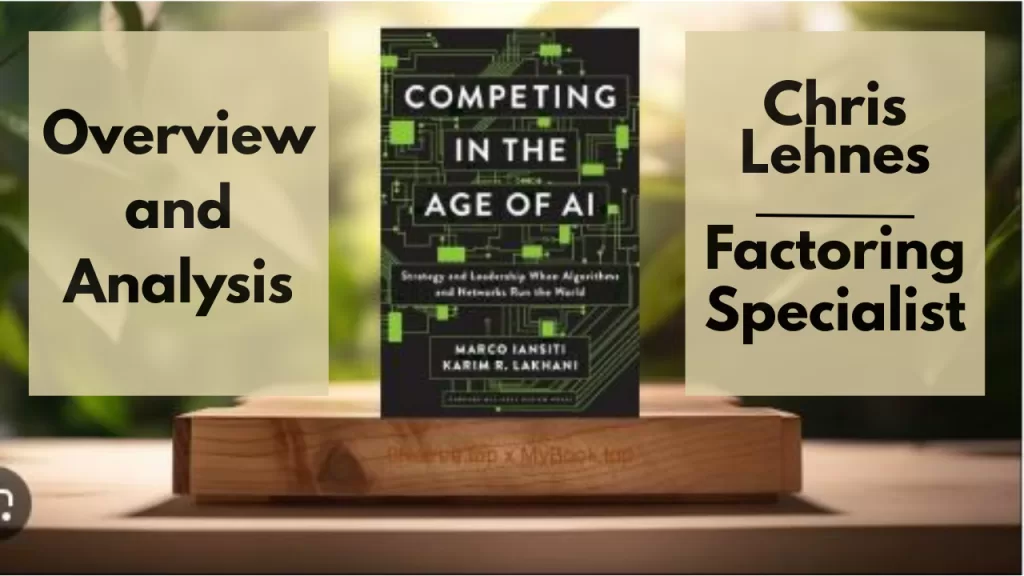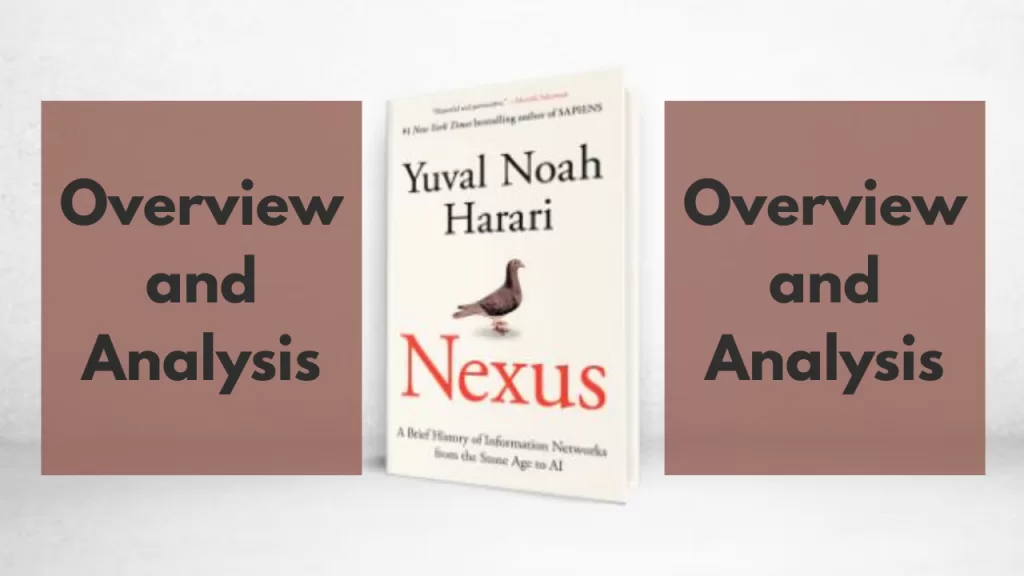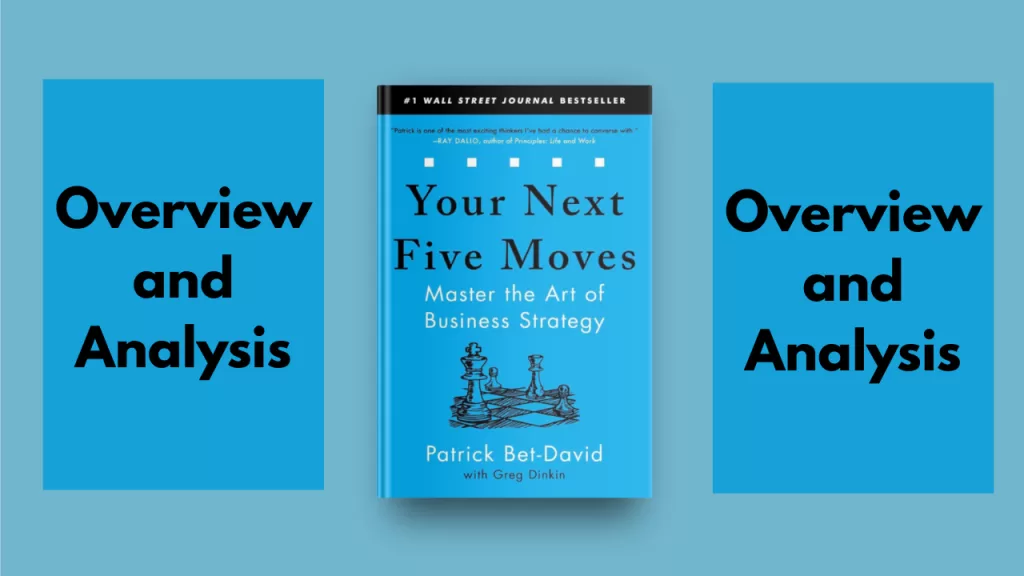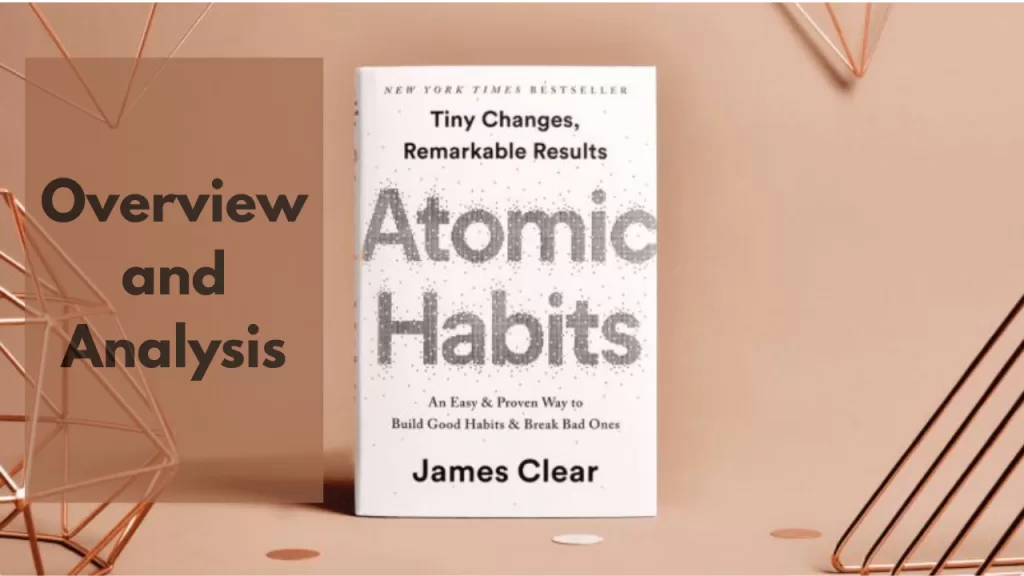This book argues that in the era of artificial intelligence, effective leadership requires embracing AI as a strategic “Thought Partner” to make faster, smarter decisions, overcome biases, and drive significant growth. It provides a framework for how leaders can integrate AI into their strategic thinking, decision-making processes, and execution.
Key Ideas and Facts:
1. The Imperative for Strategic Decision-Making in the Face of Rapid Change:
- The book opens with the cautionary tale of Blockbuster’s failure to adapt to Netflix’s disruptive innovation, highlighting that “decisions you make determine your company’s fate and define its future.”
- The core question the book aims to answer is, “how do you make faster, smarter decisions so you don’t become the next Blockbuster?”
2. AI as an Invaluable “Thought Partner” for Leaders:
- AI is presented as a tool to “filter out the noise, mute your biases, and pinpoint what’s relevant.”
- It can challenge assumptions, identify new growth strategies, drive diverse decision-making, and improve overall strategy.
- The author introduces the concept of an “AI Thought Partner™” and provides a sample prompt for challenging a strategic plan.
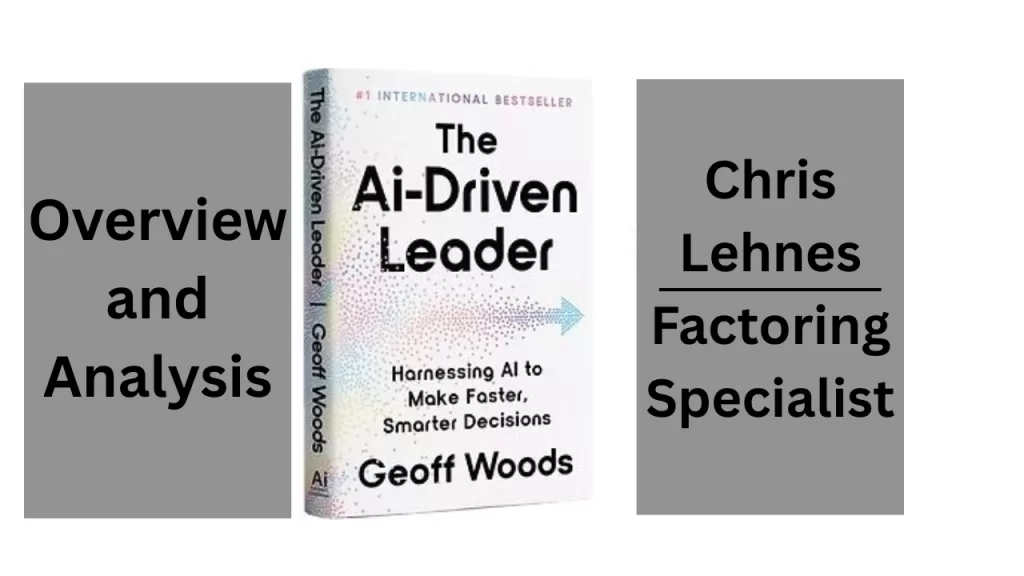
3. The Author’s Journey and Credibility:
- Geoff Woods shares his experiences at The ONE Thing, where he coached executives and played a key role in the company’s growth.
- He details his transition to Jindal Steel & Power as Global Chief Growth Officer, where he witnessed significant market cap growth.
- His personal discovery of AI in India marked a “next career evolution,” leading him to champion its adoption within the Jindal Group.
- He emphasizes a proactive approach, shifting his daily question from “How might I do this?” to “How might Artificial Intelligence help me do this?”
4. Understanding How AI Works (Specifically LLMs):
- The book provides a simplified explanation of Artificial Intelligence process: Input → Processing → Output → Learning.
- It clarifies the concept of “tokens” as a unit for measuring data.
- It focuses on Large Language Models (LLMs) like ChatGPT as the primary AI tools for strategic thinking and decision-making, emphasizing their ability to generate human-like text and understand context.
- “For the purposes of this book, when I reference how you can use ‘AI’, I am referring to using LLMs like ChatGPT, Claude, Gemini, Perplexity, and the Artificial IntelligenceThought Partner™ on my website…”
5. Practical Applications of AI for Leaders:
- Challenging Biases and Assumptions: Using Artificial Intelligence to act as a “Challenger” or “Devil’s Advocate” to identify weaknesses in plans.
- Example prompt: “Attached is our strategic plan. I want you to act as my AI Thought Partner™ by asking me one question at a time to challenge my biases and the assumptions we have made.”
- Generating Ideas and Insights: Brainstorming, identifying non-obvious patterns in data (e.g., P&L analysis).
- Example: “I want you to analyze our P&L to identify non-obvious patterns that might represent opportunities to drive more profit.”
- Scenario Planning and Simulations: Visualizing potential impacts of decisions and anticipating customer reactions.
- Example prompt: “I want you to act as our ideal customer, (describe your customer), in reviewing the attached proposal. Simulate how they might respond…”
- Understanding Stakeholders: Identifying decision-makers, influencers, champions, and early adopters.
- Example prompt: “Acting as my Thought Partner, I want you to interview me by asking one question at a time to help me answer the following questions: 1. Who are the decision-makers…? 2. Who are the influencers…? 3. Who are early adopters…?”
- Role-Playing and Feedback: Simulating conversations with stakeholders to practice communication and anticipate resistance.
- Example prompt: “Role-play with me as if you are the decision maker. I’ll present a recommendation for your approval…”
- Creating Content and Communications: Drafting messages and presentations based on specific guidance.
- Woods recounts an experience where ChatGPT “immediately generate[d] the message based on his guidance. It was incredible and was the first time I saw AI turn a relatable moment into a remarkable experience.”
6. The AI-Driven Leader as a “Composer”:
- This analogy emphasizes the leader’s role in envisioning the future and crafting strategy (the musical score), while also clarifying short-term actions for the team to execute in harmony.
7. The Importance of Context and Persona When Using AI:
- To effectively leverage Artificial Intelligence, leaders need to provide sufficient context and assign a persona to the AI to focus its expertise.
- “Simply say, ‘I want you to act as (then assign the persona).’ It will harness data relevant to that expertise and focus it on your task. This is a powerful ingredient.”
8. A Strategic Decision-Making Framework (Seven Steps):
- Clarify the Objective
- Map Stakeholders
- Gather and Analyze Information (where AI is particularly helpful)
- Identify Solutions and Alternatives
- Evaluate Risks (using Artificial Intelligenceto see “second-order consequences”)
- Example prompt: “I want you to act as an expert in identifying risk by asking me one question at a time to help me see the second-order consequences of these solutions.”
- Decide and Plan Implementation
- Deliver Results
9. Overcoming Common Leadership Challenges with AI:
- Not Thinking Big Enough: AI can challenge assumptions and encourage leaders to set bolder goals by focusing on “who you can become.”
- “The true purpose of a goal is to act as a compass, guiding you toward who you can become. Don’t base your goals on what you think you can do. Instead, think big and launch yourself onto a completely new trajectory.”
- Failing to Collapse Time from Data to Decisions: AI provides rapid access to and analysis of data, enabling faster insights.
- Frank Iannella of Heineken USA: “It was like having a smart assistant with comprehensive knowledge on any subject… It’s a total game changer!”
- Ineffective Execution: AI can assist in turning strategic plans into actionable thirty-day milestones and restructuring calendars to prioritize key activities.
10. The Critical First 30 Days Post-Strategy Review: – Emphasizes the importance of focused execution and breaking down plans into “bite-sized milestones.” – Advocates for blocking time in the calendar for prioritized actions. – Highlights the need for a common language around prioritization and delegation.
11. Developing “Thinking Leverage” in Your Team: – Encourages leaders to ask questions rather than provide all the answers to foster critical thinking in their teams. – Recounts a coach who required people to present three potential solutions before seeking his input. – Emphasizes the importance of explaining the “why” behind answers when providing them.
12. Prioritizing Strategic Thinking: – Argues that lack of time is often a prioritization issue, not a time management issue. – Suggests scheduling recurring strategic thinking time.
13. The Importance of Identity as a Leader: – Stresses that while the tasks and ways of working may change with Artificial Intelligence, the core identity of the leader (“who you are”) remains constant. – Encourages self-reflection on “who you can become.”
14. Practical AI Prompts and Use Cases: – The book is filled with actionable prompts that leaders can use with LLMs for various strategic and decision-making tasks, organized by function (Strategic Planning, Winning With People, Enhancing Execution, etc.).
Key Quotes:
- “The difference between growing your business or going out of business lies in your ability to think strategically.”
- “Simply asking Artificial Intelligence to challenge your biases or identify new growth strategies can yield fresh perspectives, drive diverse decision-making, and improve overall strategy.”
- “How might AI help me do this?” (The pivotal question for the AI-driven leader)
- “It is tough to read the label when you are inside the box.” (Highlighting the need for external perspectives, including AI)
- “The true purpose of a goal is to act as a compass, guiding you toward who you can become. Don’t base your goals on what you think you can do. Instead, think big and launch yourself onto a completely new trajectory.”
- “Every leader is interested in achieving their goals, but not all are truly committed. Want to know how I tell the difference? I ask to see their calendar.”
- “Standards without consequences are merely suggestions.”
- “Your biggest problem is that you’re going to want to make me your product… Geoff, do you know what the best part about your job is? That it’s your job. And if you try to give me pieces of your job, you will no longer have one.” (Gary Keller’s advice on the importance of the leader’s role in thinking)
- “The questions you ask yourself determine your future; they guide your focus, which guides your actions and ultimately your results.”
Conclusion:
“The AI-Driven Leader” presents a compelling case for integrating AI, particularly LLMs, into the core functions of leadership. It moves beyond surface-level applications of AI and positions it as a strategic partner for enhancing thinking, accelerating decision-making, and achieving ambitious goals. The book’s value lies in its practical framework, actionable prompts, and the author’s experience-based insights, making it a valuable resource for leaders seeking to navigate and thrive in the AI era. The emphasis on asking great questions, challenging assumptions, and maintaining a focus on long-term vision, augmented by the power of AI, provides a roadmap for avoiding the pitfalls of the past and building sustainable success.
The AI-Driven Leader: A Study Guide
Quiz
- Describe the strategic error Blockbuster made in the early 2000s.
- According to the author, what is the critical difference between a business thriving and failing? How does Artificial Intelligence play a role in this?
- Explain the Artificial Intelligence process of Input → Processing → Output → Learning in the context of decision-making.
- What are Large Language Models (LLMs), and why are they significant for AI as a “Thought Partner”? Provide an example of how an LLM understands context.
- Describe the importance of providing “context” and assigning a “persona” when using AI for strategic thinking.
- Summarize the author’s “lightbulb moment” involving ChatGPT and explain why it was significant for his understanding of AI.
- Outline the seven key steps in the Strategic Decision-Making Framework presented in the book.
- Explain the significance of identifying stakeholders (Decision-Makers, Influencers, Champions, Early Adopters) in the decision-making process.
- According to the author, what is the true purpose of a goal beyond just achieving a specific result?
- Describe the “20% rule” as it relates to individual and team performance, and how it aligns with strategic goals.
Quiz Answer Key
- Blockbuster made a significant strategic error by declining to purchase Netflix for a modest $50 million, representing only 0.6% of their annual revenue. This decision overlooked the disruptive potential of Netflix’s DVD-by-mail model and ultimately led to Blockbuster’s decline as Netflix rose to dominance.
- The critical difference lies in a leader’s ability to think strategically and make faster, smarter decisions. AI becomes invaluable in this process by filtering out noise, challenging biases, and identifying new growth strategies, ultimately improving overall strategic thinking and decision-making quality.
- In decision-making, data (input) such as market trends or internal reports enters the AI system. The Artificial Intelligence model (processing) analyzes this data using its algorithms. The AI then provides insights or recommendations (output). Finally, the Artificial Intelligence learns from the feedback on its outputs to refine its future analysis and suggestions (learning).
- Large Language Models (LLMs) are a type of generative AI that can generate human-like text and understand context by predicting the next word in a sentence. They are crucial as a “Thought Partner” because they can process and understand complex information, allowing leaders to have sophisticated conversations and receive relevant insights. For example, an LLM understands the different meanings of “bank” based on the surrounding words.
- Providing context is crucial because Artificial Intelligence , while powerful, lacks human understanding and background. Context allows Artificial Intelligence to “put itself in your shoes” and provide more relevant and insightful analysis. Assigning a persona (like a board member or marketing expert) directs AI to harness data relevant to that expertise, offering a focused and diverse perspective on the task at hand.
- The author’s “lightbulb moment” occurred when he witnessed ChatGPT instantly draft a communication for a colleague based on high-level bullets, desired tone, and psychological impact. This was significant because it demonstrated AI’s ability to turn a relatable moment into a remarkable experience, highlighting its potential as a valuable skill to master.
- The seven key steps in the Strategic Decision-Making Framework are: Clarify the Objective, Map Stakeholders, Gather and Analyze Information, Identify Solutions and Alternatives, Evaluate Risks, Decide and Plan Implementation, and Deliver Results. Each step builds upon the previous one to ensure a well-thought-out and effective decision-making process.
- Identifying stakeholders is vital because it ensures that all individuals who can affect or are affected by the decision are considered. By understanding their perspectives, needs, and potential influence, leaders can gain valuable insights, build support for the decision, mitigate resistance, and ultimately increase the likelihood of successful implementation.
- Beyond achieving a specific result, the true purpose of a goal is to act as a compass, guiding individuals and organizations toward who they can become. It’s about challenging current limitations, expanding potential, and driving growth through the journey of pursuing ambitious targets, rather than being constrained by what is currently believed to be achievable.
- The “20% rule” focuses on identifying the critical few activities (20%) that drive the majority of results (80%) in alignment with strategic goals. By focusing on these high-impact priorities at both individual and company levels, teams can improve efficiency, maximize their contributions, and ensure their efforts directly support the overarching strategic plan.
Essay Format Questions
- Analyze the importance of adopting an “AI-Driven Leader” mindset in today’s rapidly evolving business landscape, using examples from the text to support your arguments.
- Discuss the Strategic Decision-Making Framework presented in the book, evaluating its strengths and potential weaknesses in the context of real-world business challenges.
- Explore the concept of “thinking strategically” as described by the author, and explain how the intentional use of Artificial Intelligence can enhance a leader’s ability to ask great questions and drive organizational growth.
- Evaluate the significance of the “Critical First 30 Days” following a strategic review, and discuss the practical steps leaders can take to ensure focused execution and drive meaningful results.
- Discuss the challenges leaders face in empowering their teams and fostering a culture of strategic thinking, and analyze how the principles and AI tools presented in the book can help overcome these obstacles.
Glossary of Key Terms
- AI Thought Partner™: A concept emphasized throughout the book, referring to the use of artificial intelligence, specifically Large Language Models, as a collaborator to enhance strategic thinking, challenge biases, and improve decision-making.
- Generative AI: A type of artificial intelligence that can generate new content, such as text, images, or code, based on the data it has been trained on.
- Large Language Models (LLMs): A subset of generative Artificial Intelligence models that are trained on vast amounts of text data, enabling them to understand context and generate human-like text. Examples include ChatGPT, Claude, and Gemini.
- Strategic Thinking: The process of formulating a long-term vision for an organization and making decisions about resource allocation and actions to achieve a sustainable competitive advantage.
- Decision-Making Framework: A structured approach to making choices, often involving steps like clarifying objectives, gathering information, identifying alternatives, and evaluating risks. The book outlines a seven-step framework.
- Stakeholders: Individuals or groups who have an interest in or can be affected by an organization’s decisions and actions. These can include decision-makers, influencers, champions, and early adopters.
- Lightbulb Moment: A sudden realization or insight that leads to a significant shift in thinking or understanding, often acting as a catalyst for change.
- 20% Rule (Pareto Principle): The principle that roughly 80% of effects come from 20% of causes. In a business context, this often refers to identifying the 20% of activities or priorities that will drive 80% of the desired results.
- Strategic Plan: A document that outlines an organization’s long-term goals and the strategies it will use to achieve them. It serves as a roadmap for future actions and resource allocation.
- Execution: The process of putting strategies and plans into action to achieve desired outcomes. The book emphasizes the importance of focused and consistent execution, particularly in the initial 30 days after strategic planning.

